In the world of DIY electronics and soldering projects, efficiency and safety are paramount. As any seasoned maker or hobbyist knows, the process of soldering can produce harmful fumes that are both unpleasant and potentially hazardous to your health. Ensuring a clean, safe workspace is essential for both comfort and longevity in electronics craftsmanship. Enter the 12V solder fume extractor—an innovative, cost-effective solution designed to suck up those irritating fumes, leaving you with a clear workspace and an unencumbered vision to bring your electronics to life.
This article will explore the practicality and benefits of building your own 12V solder fume extractor, guiding you through the basic components, assembly tips, and some advanced enhancements to take your DIY skills to the next level.
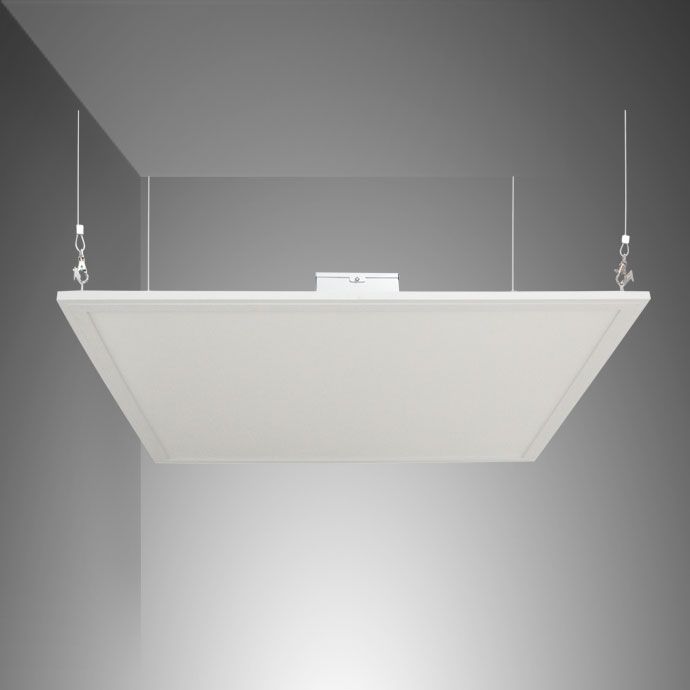
**Understanding the Need for a Fume Extractor**
First, let’s address why a solder fume extractor is indispensable in any electronics workspace. Soldering involves the melting of materials that often contain flux—a chemical agent that can release toxic smoke and particulates into the air. Inhaling these fumes over time can lead to respiratory issues and other health concerns. A fume extractor helps mitigate these risks by drawing away the smoke, effectively filtering it, thereby ensuring that only clean air remains.
**Key Components of a DIY Fume Extractor**
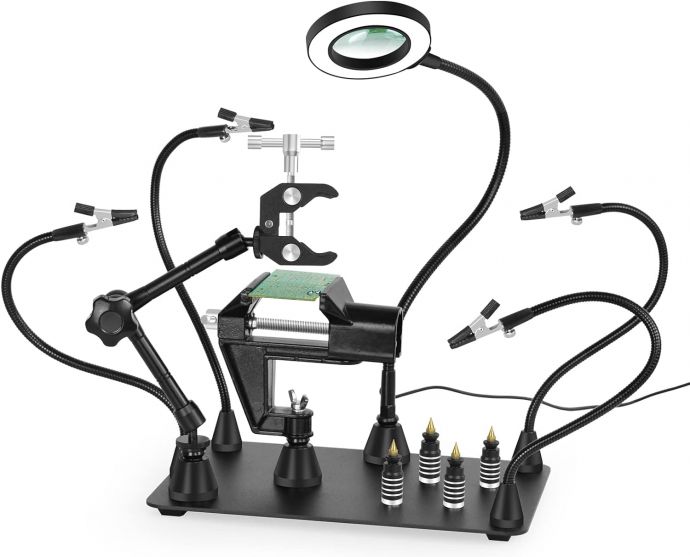
A typical fume extractor consists of several key components:
1. **Fan**: The heart of the device, a fan is responsible for pulling the smoke away from the soldering area. A 12V fan is ideal due to its power efficiency and connectivity with common power sources.
2. **Filter**: Activated carbon filters are most commonly used to capture fine particles and absorb harmful substances. Opt for easily replaceable filter panels for convenience.
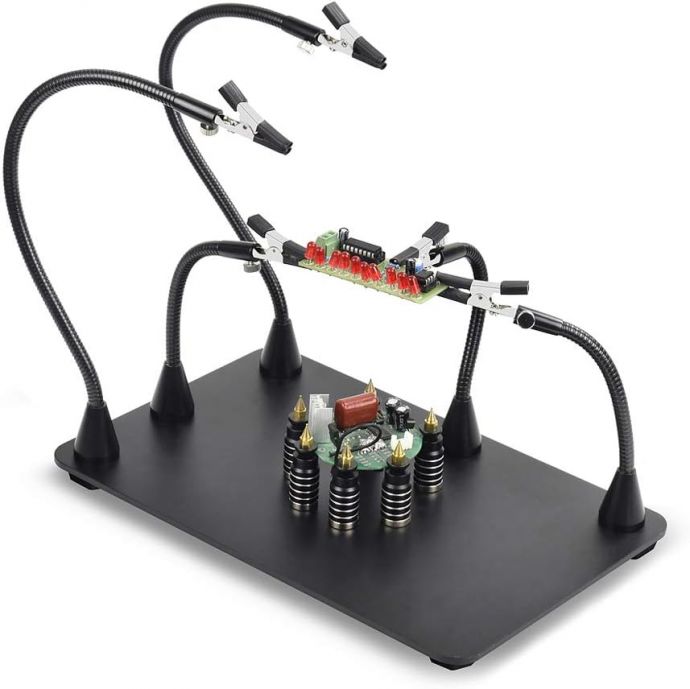
3. **Casing**: A sturdy box or enclosure to house the fan and filter. This can be made from durable plastic, metal, or even reinforced cardboard for a more budget-friendly option.
4. **Power Source**: A 12V power adapter or battery is needed to run the fan. Ensure the power source matches the voltage and current specifications of your fan to avoid potential issues.
**Step-by-Step Guide to Building Your Extractor**
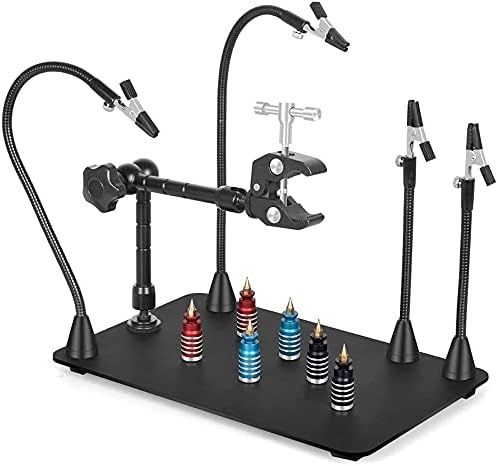
1. **Gather Materials and Tools**: Before starting, ensure you have a 12V fan, activated carbon filter sheets, an enclosure, a 12V DC adapter or battery, screws or clips for assembly, a soldering iron, and basic hand tools such as screwdrivers and a utility knife.
2. **Prepare the Casing**: Begin by designing the layout of your fume extractor. Cut openings in the enclosure for the fan and filter. Ensure that the filter area is large enough to effectively capture fumes without restricting airflow.
3. **Mount the Fan**: Secure the 12V fan inside the casing, positioning it so it draws air through the filter. Use screws or a mount to ensure it is firmly attached, minimizing vibrations and noise during operation.
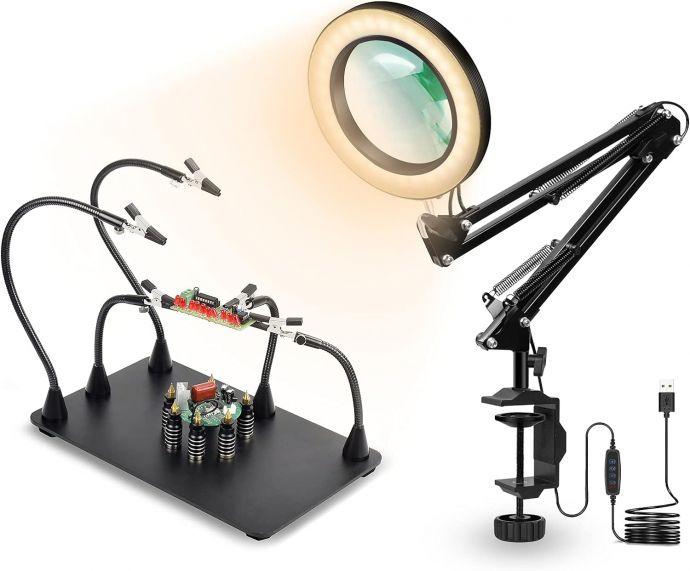
4. **Install the Filter**: Cut the activated carbon filter to size and place it securely over the area where the fan will draw in air. Consider using clips or an easy-access panel for simplistic filter changes.
5. **Connect the Power Source**: Wire the fan to the 12V DC adapter or battery, ensuring all connections are safe and insulated. Using a plug-in adapter with a switch allows for easy operation.
6. **Test the Extractor**: Once assembled, test the device by powering it on and observing its performance while soldering. Check that fumes are being effectively captured and filtered.
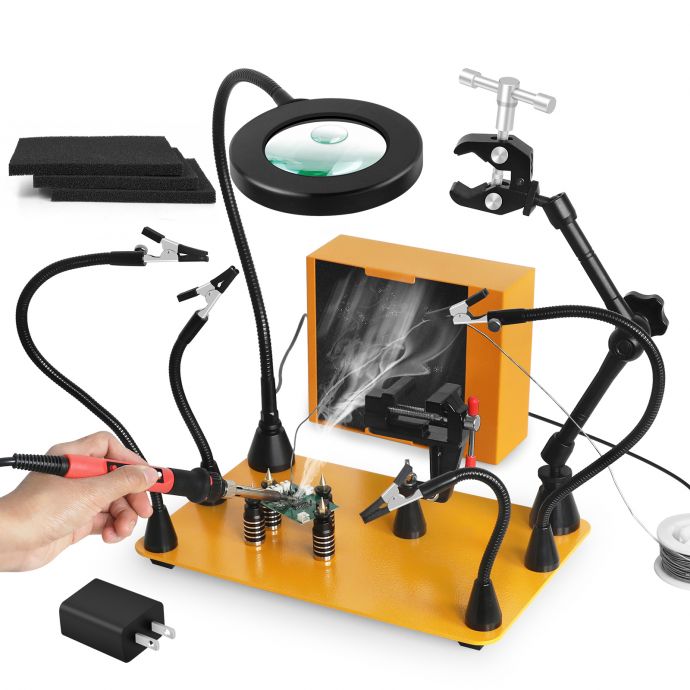
**Enhancements for Advanced DIYers**
For those looking to refine their fume extractor, several enhancements can be made:
- **Variable Speed Control**: Implement a speed controller to adjust the fan speed, allowing you to tailor the suction power to your needs.
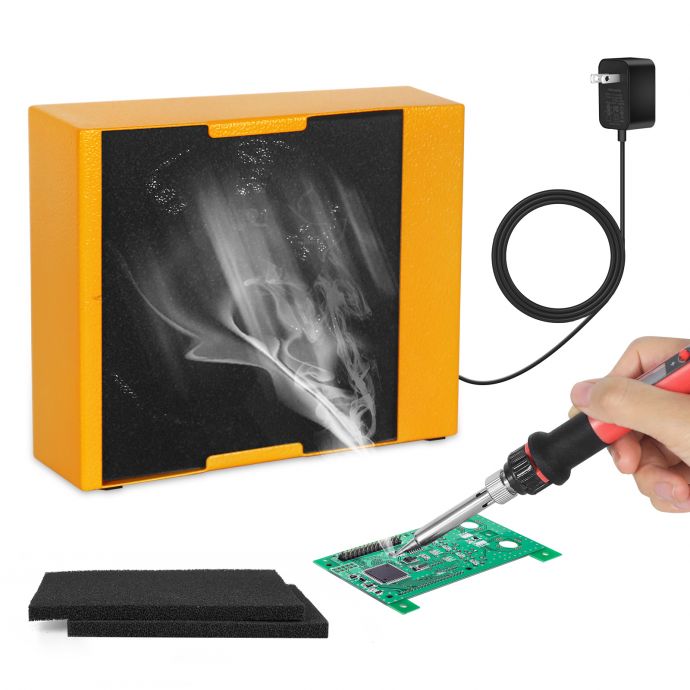
- **Multi-layer Filtering**: Installing additional layers of different types of filters can further enhance air purification, especially in more demanding environments.
- **Portability Features**: Add handles or base wheels to easily move the extractor around your workspace.
- **Sound Insulation**: Line the interior of the casing with foam or other sound-dampening materials to reduce operational noise, making for a quieter workspace.
**Practical Tips and Safety Considerations**
When operating a homemade fume extractor, regular maintenance is crucial. Replace filters periodically to maintain efficacy. Ensure all electrical components are securely connected and double-check for any potential hazards such as overheating fans or electrical shorts.
Moreover, while a fume extractor greatly reduces exposure to harmful fumes, it should not replace good ventilation practices. Always work in well-ventilated spaces or alongside additional air purification systems.
**Conclusion**
Building your own 12V solder fume extractor is an excellent exercise in DIY mastery, merging practical engineering with essential safety enhancements. It stands as an invaluable tool in any electronics enthusiast's arsenal, offering a balance of simplicity, efficiency, and cost-effectiveness. By following this guide, not only do you enhance your soldering setup, but you also hone your skills in crafting devices that improve both your projects and personal health. Whether you are a seasoned soldering expert or a budding hobbyist, this project promises enhanced work conditions and greater peace of mind.









